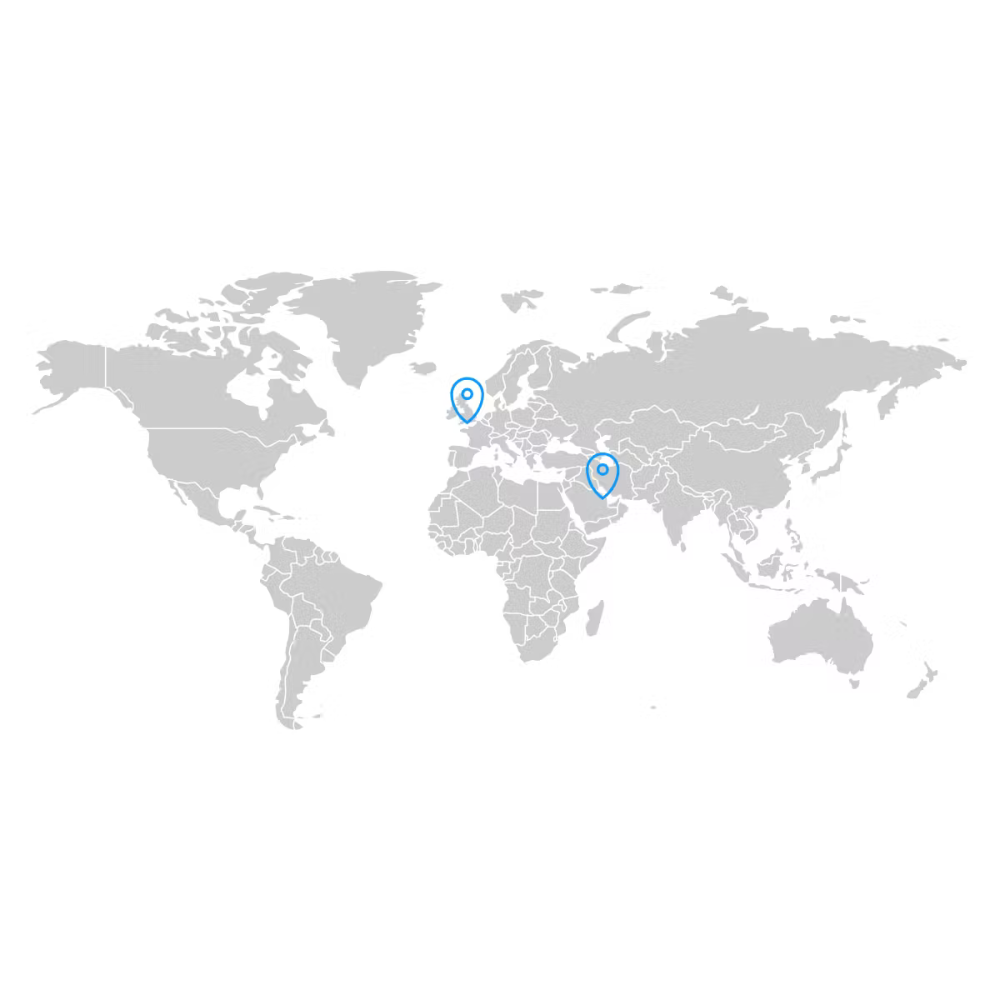Imagine a dining room buzzing with satisfied guests while the kitchen hums like a calm, efficient engine — no paper tickets falling, no tablets piled on counters, no shouted corrections. That’s the reality a modern Kitchen Display System (KDS) creates. Once a niche digital tool, KDS is now becoming an expectation — and in many places, the new mark of luxury for restaurants that care about speed, precision and the guest experience. Here’s why smart restaurants in Dubai and the UK are investing in KDS — and why you should, too.
1. Faster, more consistent service — guests notice this
KDS routes orders instantly and visually to the right prep station, reduces handoffs and prevents bottlenecks. That means faster course times, shorter waits and a smoother flow from POS → kitchen → table. In markets where diners increasingly value speed and convenience alongside experience, shaving minutes off service has a direct effect on satisfaction and turnover.
2. Order accuracy skyrockets — fewer mistakes, less waste
Digital orders show exact modifiers, allergy notes and timing. Studies and vendor reports show big reductions in human error after switching to KDS — fewer remakes, fewer refunds, and less food waste. For fine-dining or multi-course tasting menus (common in Dubai’s luxury scene and high-end UK restaurants), that accuracy protects reputation and margins.
3. Better labour productivity — do more with smarter workflows
KDS tools optimize task distribution (who cooks what and when), visualize priorities with color-coding and timers, and reduce time wasted on printed tickets or phone calls. That means the same team can handle higher covers, or you can maintain service quality during peak shifts without costly overtime. Given rising labour costs in both the UK and UAE, a KDS becomes an efficiency investment, not an expense.
4. Seamless integration with delivery & ordering platforms
The modern restaurant runs on multiple channels: in-house POS, mobile ordering, delivery marketplaces. A KDS pulls all orders into one kitchen workflow — no more “tablet farms” or manual re-entry. For cities like Dubai where delivery and tech-forward dining grow fast, and UK urban venues relying on hybrid service, that integration is essential.
5. Data-driven decisions — analytics that improve profits
KDS provides real-time and historical metrics: prep times, ticket times by station, busiest menu items, and bottleneck causes. Those insights let managers tweak staffing, menu sequencing, and inventory — small changes that compound into measurable profits. As the hospitality sector leans into tech ROI, KDS becomes a central source of operational intelligence.
6. The new face of luxury: precision, consistency and invisible service
Luxury used to be marble and chandeliers. Today, high-net-worth diners expect flawless experience — and that includes consistency. Leading hotel groups and upscale restaurants are adopting advanced KDS solutions as part of their technology stack to meet exacting standards. In markets like Dubai, where the luxury hospitality bar is sky-high, KDS helps deliver the invisible perfection guests pay premium for. Recent partnerships between hospitality tech firms and luxury hotel brands underline this trend.
7. Market momentum — KDS is growing fast
The global KDS market is expanding rapidly as restaurants digitize their back-of-house — meaning more vendors, features and competitive pricing. For restaurant owners, that creates options: from lightweight cloud KDS for independents to enterprise-grade systems for multi-site groups. Choosing sooner rather than later preserves competitive edge.
Quick ROI checklist for owners in Dubai & the UK
-
Map your order flow — identify pain points (third-party apps, multiple printers, order errors).
-
Prioritize integrations — ensure the KDS works with your POS and delivery partners.
-
Look for analytics — dashboards that show prep times, bottlenecks, and staff performance.
-
Plan training — digital tools need a brief, practical onboarding so staff adopt them fast.
-
Calculate impact — estimate reduced remakes, saved labour hours and increased table turns to forecast payback.
Real-world use-cases
-
A busy UK gastropub replaces paper tickets with KDS, reduces order errors and increases covers per service.
-
Dubai cloud kitchens and luxury hotel outlets integrate KDS with POS and property systems to coordinate complex multi-course service and third-party delivery simultaneously.
Choosing the right KDS: features to insist on
-
POS & delivery integrations (no manual re-entry)
-
Station routing & color-coded priorities
-
Timers & SLA alerts for hot/cold items
-
Reporting & exportable analytics
-
Offline mode & reliability (critical in busy services)
-
Scalability if you plan multiple outlets or ghost kitchens
Final word — it’s luxury that pays for itself
Labeling KDS “luxury” isn’t about flash — it’s about delivering consistent, precise service that today’s diners in Dubai and the UK expect from premium venues. That quality, paired with measurable productivity gains and lower waste, turns KDS from a shiny gadget into a practical, revenue-driving investment. If you’re building a restaurant that wants to be known for both excellence and efficiency, KDS is no longer optional — it’s the new standard.

